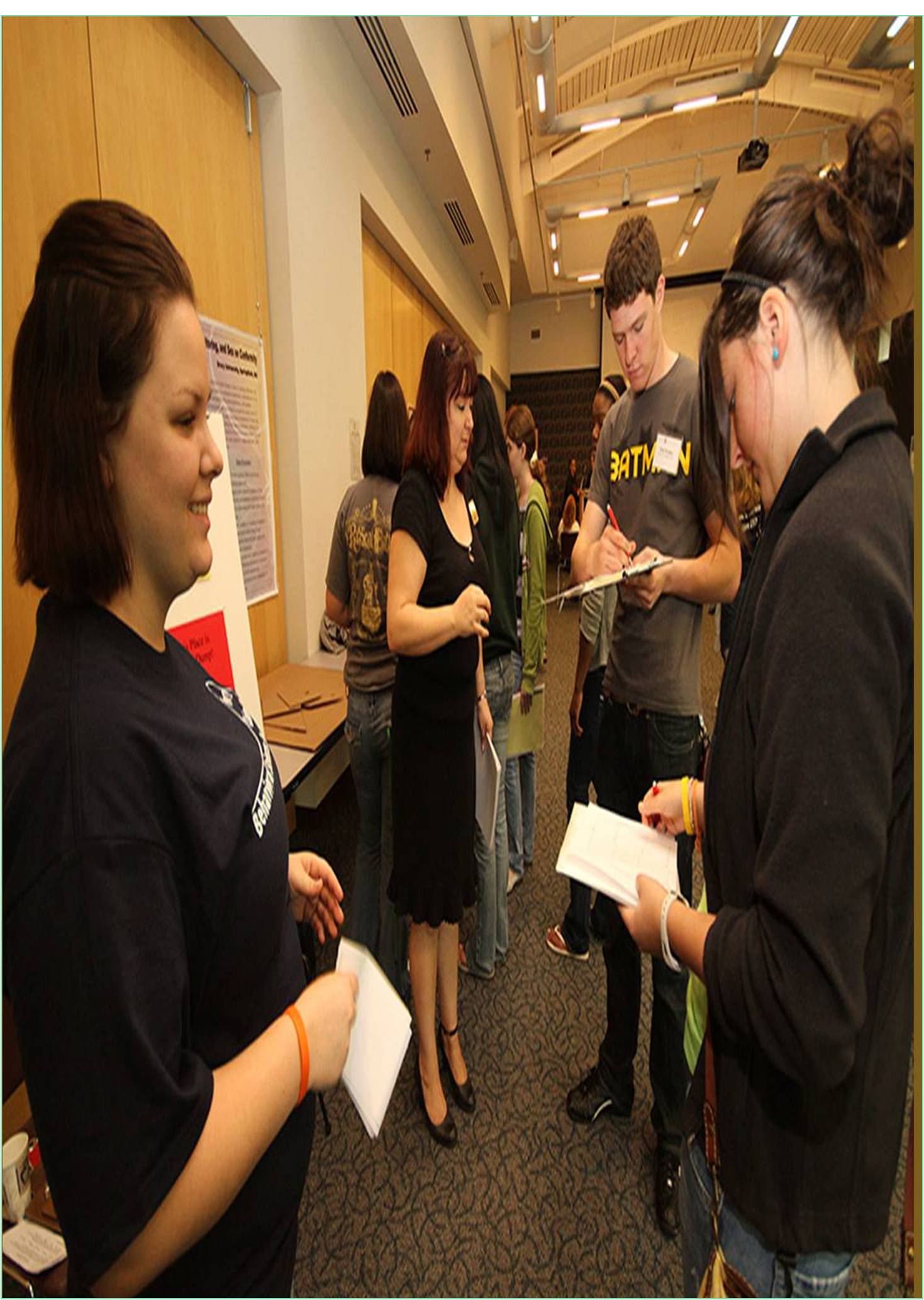



Received: 10-Jun-2021 Published: 01-Jul-2021
Parents of children with intellectual and developmental disabilities generally report more stress than other parents. Child behavioural features, and specifically their behaviour problems, have been shown to account for some of the variation in parents' experience of stress. However, there has been no exploration of whether the child's pro‐social behaviour is predictive of parenting stress. In the present study, 74 mothers of children with intellectual disabilities completed measures of stress and mental health and reported on their child's adaptive behaviour, problem behaviour, and pro‐social behaviour. Regression analyses revealed that the child's behaviour problems were an independent positive predictor of maternal stress, the child's pro‐social behaviour was a negative predictor of maternal stress, but adaptive behaviour was not a predictor. These results support the need for more research on the pro‐social behaviours of children with intellectual disabilities, especially their putative impact on parental well‐being.
Measuring stress and social behavior
Responses to stress span a spectrum from detrimental immediate and long-term effects to resilience and protection against future stressors. The effects of stress exposure and consequent trajectory depend on the nature of the stressor, the severity, duration (acute vs. chronic), sex/gender, genetics, timing of exposure (early life, adolescence, adulthood or aging) as well as the perception of the stressor by the individual–for example, stressor controllability dramatically affects resilience versus vulnerability as an outcome. Recently it was shown that even the gender of researchers can affect rodent stress levels and influence results of behavioral testsThis meeting will explore advances in the Psychiatry and Psychology.
Social behavior is complex and varies with the behavioral test chosen, and whether focal individuals are tested with familiar or novel conspecifics, with same- or opposite-sex individuals, or with familiar or unfamiliar strains. The laboratory setting is a sparse environment compared to the complexity of nature, both physically and socially. Some research aims to quantify social behavior in complex housing areas such as enriched caging with social groups (e.g., artificial, visible burrow systems and large, semi-natural enclosures.
There is no peripheral hormonal indicator of sociability, but two neuropeptides have been highly implicated in many aspects of mammalian social behavior: oxytocin (OT) and arginine vasopressin (VP). Oxytocin is produced in the hypothalamus and facilitates a wide variety of processes related to social behavior, including maternal behavior, trust, anxiolysis, and sexual pair-bond formation.
The social environment can cause stress or ameliorate the impacts of stress, and social behavior responds to stress. These effects may happen all together or at different times, and vary with individual genetic background, experience, sex, species, and other factors. While it is not feasible to study all such factors in a single study, almost a century of research has helped to show which stressors are most impactful in males and females, and how such stress is reflected in neurochemistry. Interaction time is a longstanding measure of social behavior, but recent studies have begun to employ more nuanced approaches for instance measuring helping behavior and distinguishing preferences for familiar versus unfamiliar individuals.
While adverse social conditions (from subordination to isolation) are potent stressors, the interactions between stress and social behavior also offer multiple entry points into the study of stress resilience. Stress resilience varies with early life social environment—in particular with experience of maternal behavior and life history of exposure to mildly stressful experiences. Resilience can also arise from the mitigating or buffering effects of positive (or negative) social interactions. There is a vast body of literature linking stress and social behavior and their roles in resilience. We may learn the most from these studies when we consider the social life of the organism, and look beyond group averages to individual variability.